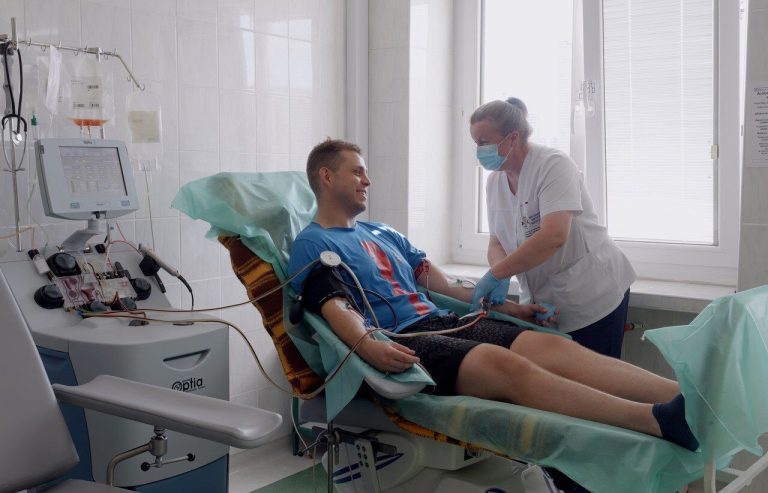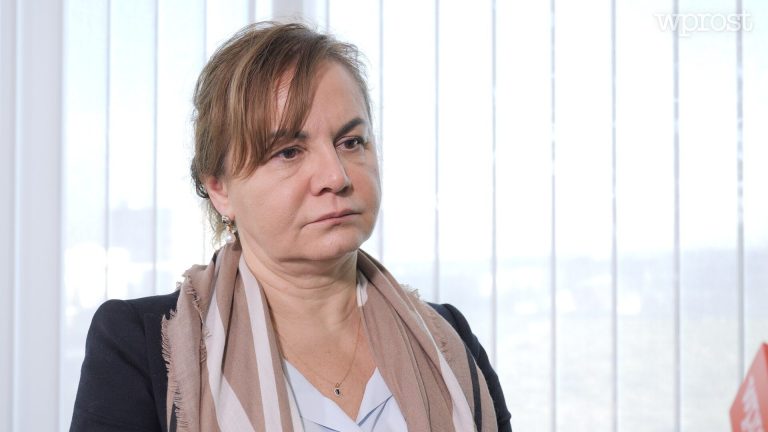How can one live without a body? The case of the so-called disembodied woman

Christina, one of Dr. Oliver Sacks’s patients, went down in psychology as a “disembodied woman.” Why did it get such a strange nickname? Check what disease caused such a symptom.
Christina was a young woman. She had two small children and led an active lifestyle. She worked as a computer programmer. In her free time from work, she played sports. She liked horse riding and hockey. She never complained about her health. She also rarely got sick. She came to the hospital with abdominal pain. After performing diagnostic tests, the doctors decided to perform a gallbladder removal procedure. Christina was kept in the ward and given antibiotics. The day before the operation, the woman had a strange dream. She dreamed that she couldn’t stand and everything was falling out of her hands. She woke up filled with great fear. So the doctors asked a psychiatrist for a consultation. According to the specialist, the woman experienced pre-operative anxiety. No one expected that her terrifying dream would soon become a reality.
“Disembodied” Woman – How did Christina “lose” her body?
It turned out that Christina began to have difficulty maintaining balance and motor coordination. She couldn’t hold anything in her hands. A psychiatrist was called again for the woman. The doctor put the symptoms down to stress before the procedure. However, the patient’s condition continued to deteriorate. She couldn’t control her movements. Her facial expressions disappeared and her voice became “colorless.” The young mother said she couldn’t feel her own body. Doctors conducted a series of various tests to determine what was wrong with Christina. Only the collection and analysis of cerebrospinal fluid allowed the diagnosis to be made.
Christina suffered from neuritis. The inflammation attacked the sensory roots of spinal and cranial nerves along the entire cerebrospinal axis. As a result, the woman lost her sense of proprioception, which allows her to receive information about the position, movement and operation of body parts in space. The patient summed up her feeling of helplessness after hearing the diagnosis:
“Then I have to (…) use my sight, use my eyes in every situation where before I used – what – do you call it? – proprioception. I have already noticed (…) that sometimes I “lose” my hands. I think they are in one place and I find them in a completely different place. This feeling is like the eyes of the body. (…) And if it disappears, as it happened to me, it is as if the body suddenly went blind. My body can’t “see” itself if it has lost its eyes, right? So I have to look at them, be his eyes.”
What is life like without a body?
Initially, Christina found it difficult to learn to control her body movements with her eyesight. However, over time, she mastered this art to perfection. She began to use her senses as a source of information about the body (a mechanism to compensate for deficits). Thanks to this, she was able to function relatively normally. Rehabilitation (the woman spent almost a year in the ward), however, did not bring any neurological improvement. The damaged nerve fibers could no longer be “repaired.” Christina is constantly accompanied by “disembodiment”, the lifelessness of the body. remaining in nothingness. There are no words that can accurately describe this condition.
Dr. Sacks draws attention to the fact that people with such unusual conditions often encounter misunderstanding from those around them. They are often accused of laziness or alcohol abuse. Their disabilities cannot be seen with the naked eye.
“When Christina painfully and clumsily climbs onto the bus, all that awaits her is misunderstanding and rude comments: ‘What’s wrong with you, lady? Are you blind or has the vodka taken away your sight? And what can she answer to that – “I have no proprioceptive feeling”? The lack of social support and sympathy is an additional misfortune: although her disability is not obvious to everyone (after all, she is not visibly blind or paralyzed), she is still disabled, yet people tend to treat her as a fraud or a madwoman. This is what happens to those who have disorders of the invisible senses,” notes Dr. Sacks.
Proprioceptive sense – what is it?
The proprioceptive sense is responsible for the so-called deep feeling. Thanks to it, we are aware of our body. We can find it in space, feel its weight, “control” our limbs and make precise movements without visual control. Proprioceptors are found in muscles, joints and tendons, among others






